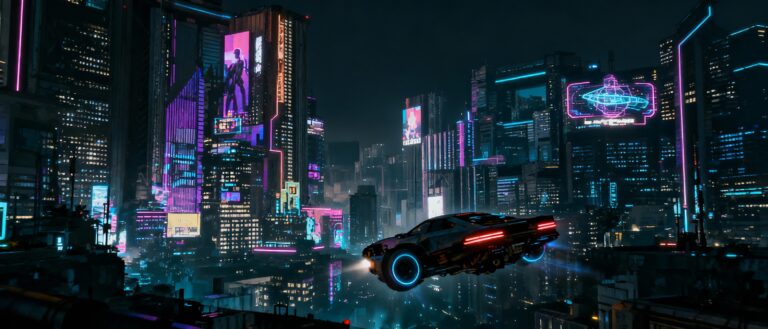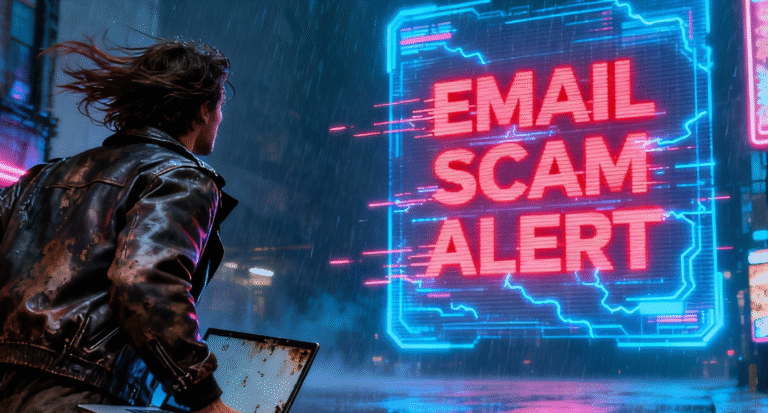Cyberpunk fiction isn’t just about neon lights and unrestrained tech — it’s a genre where the built environment does as much storytelling as the characters themselves. From imposing megastructures to decaying back-alleys, cyberpunk’s architectural vocabulary sets the mood for dystopia, rebellion, and possibility. The visual and spatial language of these stories builds a world where every shadowed corner or sweeping skyline adds to the tension between control and chaos.
Architectural Styles in Cyberpunk 2077: Expert Perspectives and Game Analysis
Night City, the setting of Cyberpunk 2077, represents the architectural soul of cyberpunk at its most vivid — an environment dissected at length by architects and critics. The city’s design follows four distinct styles:
-
Entropism (not the moral philosophy): Gritty, utilitarian buildings where function trumps aesthetics, a style reflecting economic decline and the DIY survivalism of its residents. Giving this style a name appears to be a game developer’s decision, as the term “entropy” is used in architecture, but mainly just to describe decay and disrepair.
-
Kitsch: A nod to consumerism’s golden era — bold colors, playful shapes, and neon, drawing on retro-futuristic influences and the work of designer Syd Mead. This is described as “style over substance”. Kitsch is an established architectural term, and it generally means the same thing in all facets of the design world: garishness.
-
Neo-Militarism: Powerful, slick, corporate blocks with a militaristic feel, echoing both real-world corporate headquarters and Blade Runner’s looming cityscape. As such, this is “substance over style”. This is also not a recognized term in architecture, rather a creation of the Cyberpunk writers.
-
Neo-Kitsch: Decadent, luxurious towers for the elite, blending classic design cues with sci-fi motifs — a symbol of stratified society. For the elite who can afford it, this represents “style and substance”. Neo-kitsch is both a concept in aesthetics and a term used in architecture, though it is more prominent in critique and pop culture than in formal architectural doctrine. Neo-kitsch refers to a deliberate, often self-aware revival or evolution of kitsch aesthetics — embracing garish, sentimental, or spectacle-driven design but with an intentional, sometimes ironic twist.
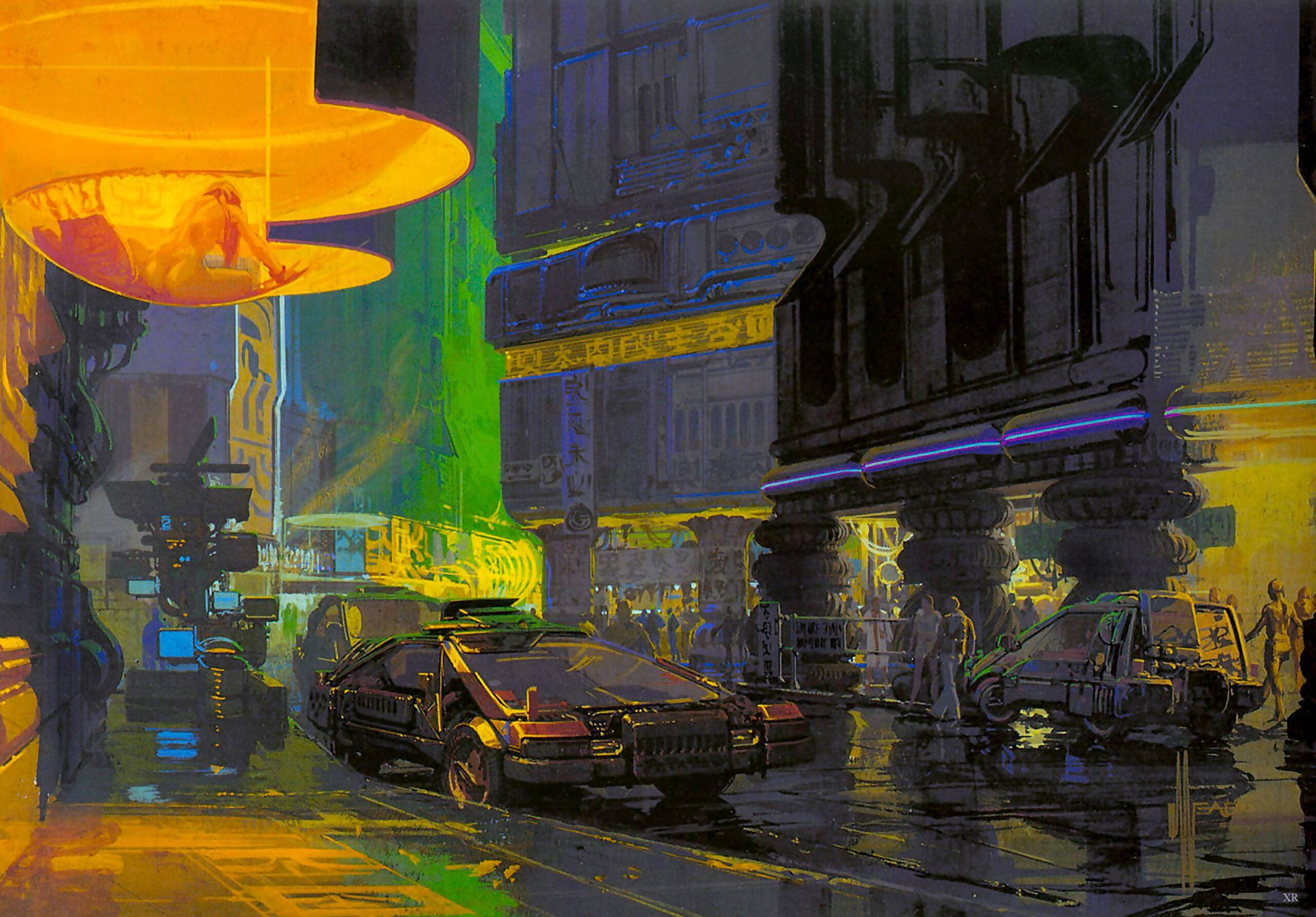
Architects analyzing Night City highlight how these styles aren’t just aesthetic — they encode narratives of power, social mobility, and decay into every surface. The heavy use of concrete and massive forms in lower districts is a nod to Brutalism, deepening the feeling of urban oppression and division. Meanwhile, public spaces, advertising overflow, and cramped interiors create atmospheres that immerse players in a world designed around perpetual tension.
In terms of analysis, I’ve found a lot of interesting commentary on Night City’s skyline from actual architects. Interesting, to say the least, because like many fans, I was too much in awe of the city’s scale to dig too deep into the details. (Although I did think that V’s starting apartment was far too big to represent someone in economic struggle. I mean, the wasted square footage in that thing is actually kind of absurd when you think about the need to cram as many people as possible into a low-rent apartment building.)
Anyway, here’s a bit of the commentary, and a link to a pretty interesting article:
“The game is an outdated critique on culture as a whole, but its disinterest and underinvestment in its architectural presentation is something architects should consider a serious challenge. It isn’t just that architecture is impotent in the Cyberpunk 2077 universe, that’s by design. It’s that architecture is missing out in the creation of alternative worlds.” — Ryan Scavnicky, “Cyberpunk 2077 is an architecture critique with nothing to say“
The Influence of Blade Runner: Real Architectural Lineage
Blade Runner remains the gold standard for cyberpunk architecture, influencing everything from video games to modern city design. At the heart of Blade Runner’s urban aesthetic lies the legacy of real-world architects. Frank Lloyd Wright’s Hollyhock House directly inspired Deckard’s apartment — a deliberate choice by the film’s creators to blend the futuristic with the familiar in ways that disturb and fascinate.
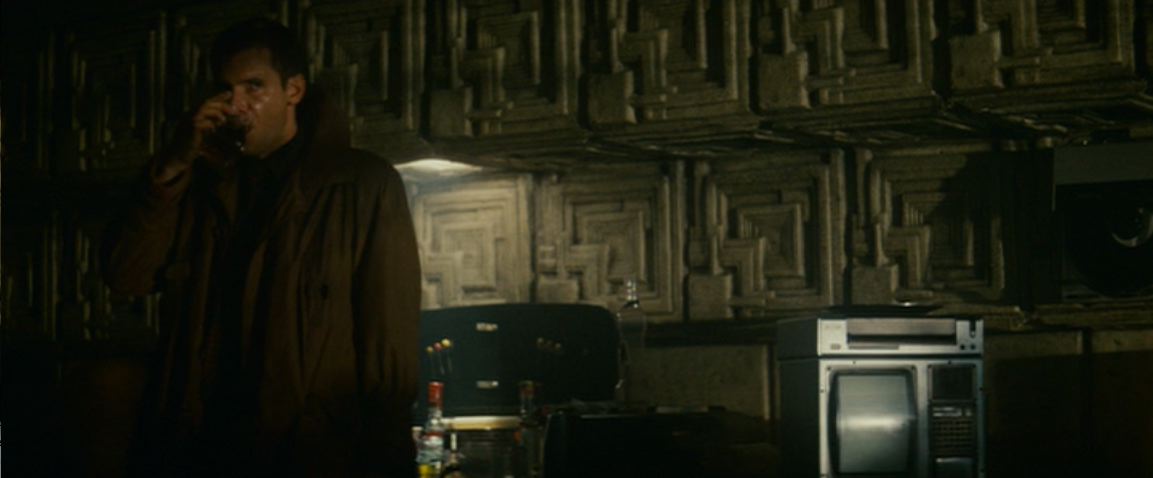
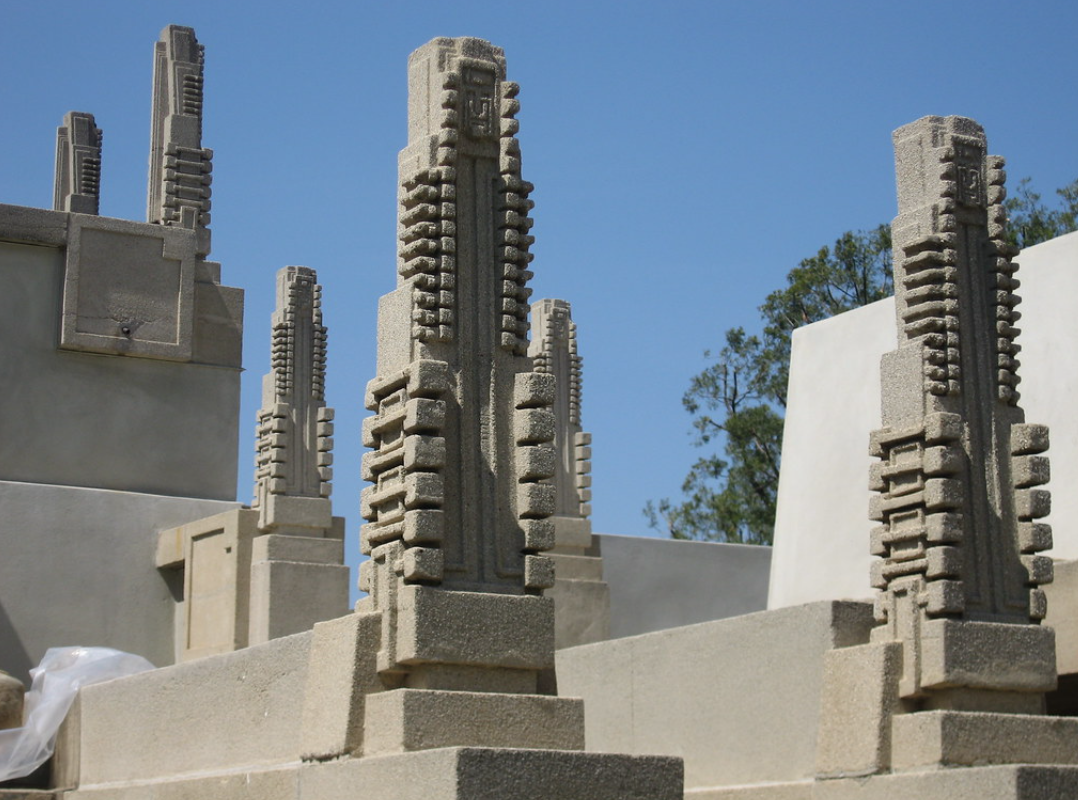
The approach is echoed in the film’s wider cityscape: imposing Brutalist structures, often cited by experts for their use of heavy concrete and stark geometric forms, lend a sense of power and decay to the streets below. The monumental Tyrell Corporation building, the shadowy police station, and the dense, rain-soaked streets all articulate class division and control through design choices that reference London’s socialist modernism and iconic Brutalist icons. As mentioned before, Syd Mead’s visionary concept art also played a vital role — his blend of retro-futurist and high-tech influences became a template for urban dystopia across genres.
Brutalism and Eco-Brutalism: Styles Favored in My Books
Brutalism, championed by architects for its raw concrete surfaces, massive scale, and uncompromising honesty, is a natural fit for cyberpunk fiction’s fascination with social hierarchies and utilitarian landscapes. It’s one of my favorite expressions of architecture, despite being one of the most stark, utilitarian options I know of. These monumental forms ground stories in a tangible sense of power, fatigue, and rebellion; every exposed beam or slab is a statement about society’s dependency on structure — often to its own detriment.
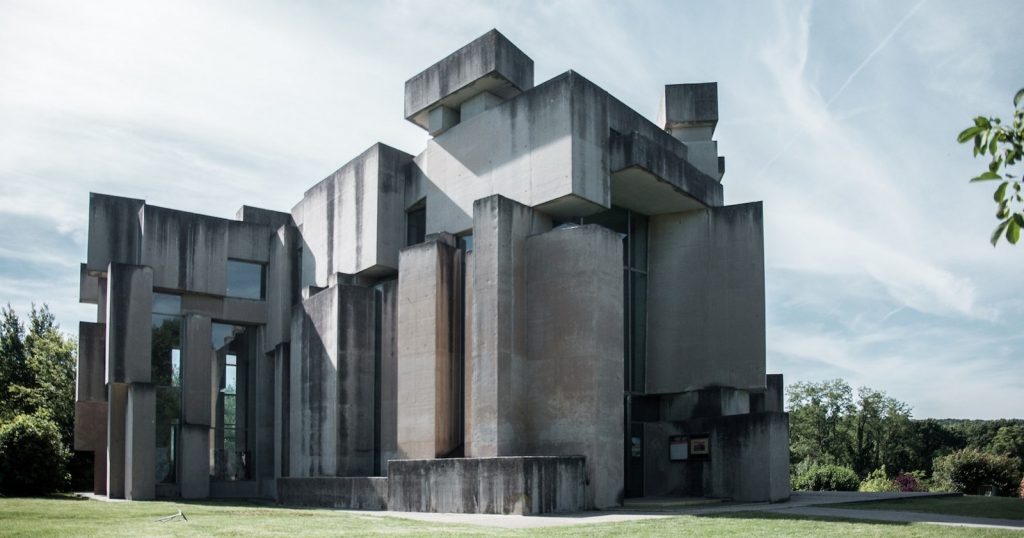
Eco-Brutalism is the genre’s next frontier — at least in my mind. Experts describe it as a fusion of classic Brutalist forms with green infrastructure: moss-covered facades, open-air courtyards, and recycled materials mingle with stark geometry to create spaces that feel both dystopian and hopeful. This style suggests a way forward for cyberpunk futures — balancing the weight of history with the possibility of renewal. By incorporating native plants, sustainable water systems, and climate-sensitive designs, eco-brutalist architectures foster both resilience and inclusivity. In fiction, these spaces become powerful metaphors for the struggle between the built environment and nature — a theme that I embrace in my cyberpunk novels, as I feel that “man versus climate” is a modern theme that simply cannot be ignored when writing futurist works in 2025.

Symbolism and Storytelling Through Architecture
In cyberpunk stories, architecture is more than mere backdrop — it’s a language that communicates power, oppression, and aspiration. Towering corporate skyscrapers thrust into the clouds to signal who controls the city, while labyrinthine slums and overpasses exaggerate the social gulf between the elite and the masses. For writers, these spaces become tools: a narrow alley can embody desperation; a grand atrium, unchecked wealth; a moss-streaked concrete facade, the uneasy marriage of ambition and decay. The interplay of light, shadow, and structure turns every scene into a story within the story, guiding readers’ emotions — whether awe, dread, or defiance.
Brutalism and eco-brutalism each add layers to this symbolic lexicon. Traditional brutalist forms ground worlds in rigidity and endurance, while their sustainable, green successors invite hope and challenge fatalism. As eco-brutalism rises, architects and critics point out its narrative richness: each green wall or reclaimed space hints at the possibility of renewal, suggesting that dystopian futures don’t always need to be static and gray.
Architecture as Social Critique and Vision
Architects and experts describe cyberpunk’s built environments as more than speculative fantasy — they’re sharp critiques of real-world inequality and unchecked urbanization. Night City’s crowded megablocks, for example, force players to confront the consequences of corporate dominance and public neglect in ways that mirror present-day urban crises. Similarly, Blade Runner’s fusion of monolithic government buildings with crumbling infrastructure dramatizes social fragmentation and environmental decline, serving as a warning rooted in actual city planning philosophies.
Eco-brutalism, in particular, offers a provocative vision: by marrying resilience with sustainability, it critiques architecture’s complicity in dystopian futures while proposing ways to reshape them. Architectural scholars argue that this style can foster community, fight climate change, and bring nature back into the heart of the city, challenging the bleakness that often defines the genre. Through these evolving forms, cyberpunk continues to use architecture to question, subvert, and imagine new possibilities — reminding us that our futures are, quite literally, built by design.

